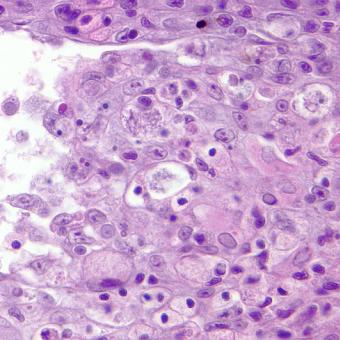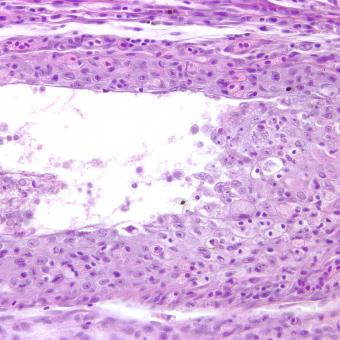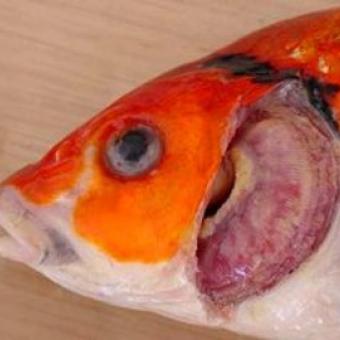|
First recognized in 1996, Koi herpes virus (KHV) is a double stranded DNA virus that infects ornamental koi and common carp. It is found in these fish worldwide. KHV can cause disease seen in aquaculture as well as in ornamental fish, but is not often observed in the wild. Like most viral infections, there is currently no treatment for KHV, although raising the water temperature during an infection may prevent mortality. The virus is passed from fish to fish, with no intermediate hosts, and can persist in water or tanks. Once the virus enters a fish population, the first deaths can occur in as few as 15 days. An infected fish may show lesions on the gills, sunken eyes or a notched nose. KHV is distantly related to the STI in humans, Herpes Simplex Virus 1, but KHV is not able to cause disease in humans. |
|
Distribution:
Hosts: Many species of cyprinid fishes
Worldwide
|
|
Detection Method:
cell culture - unspecified Target tissue: epithelial tissues of gill, eye, skin etc. |









